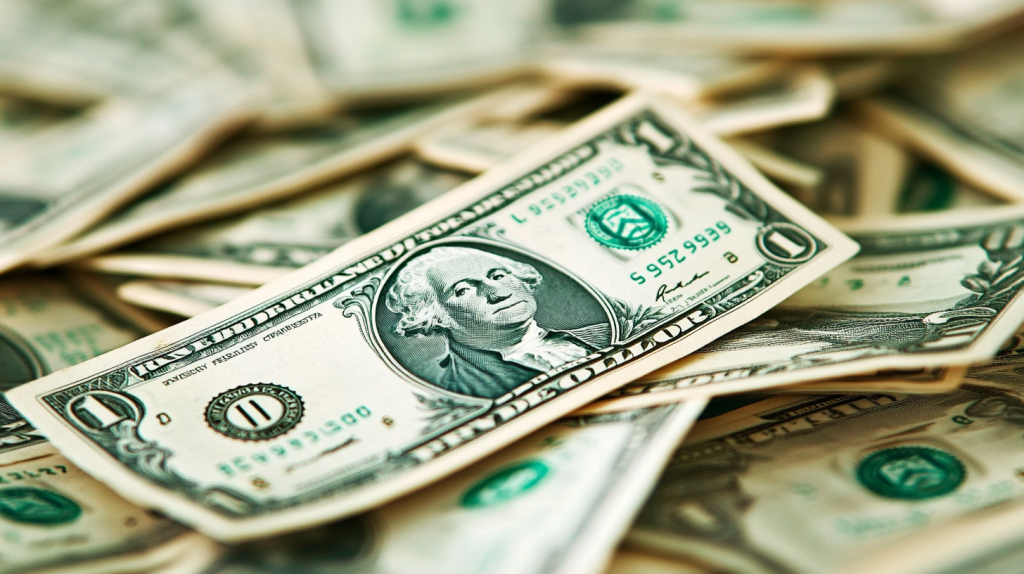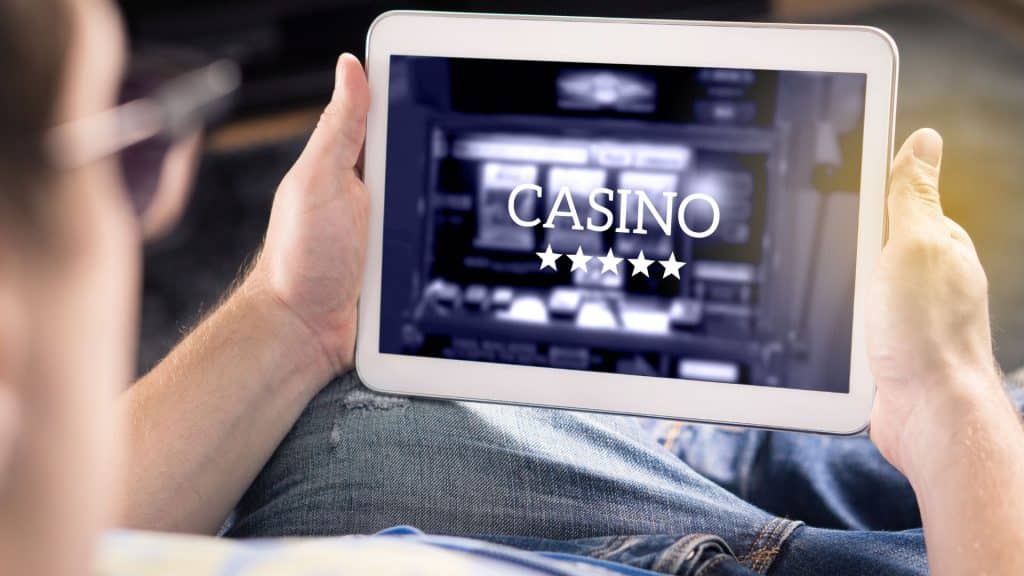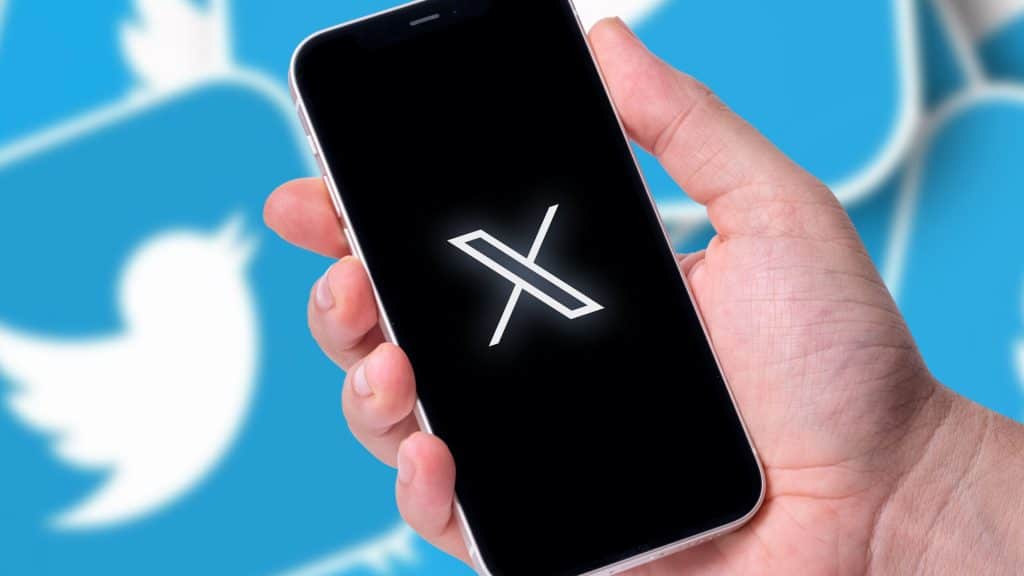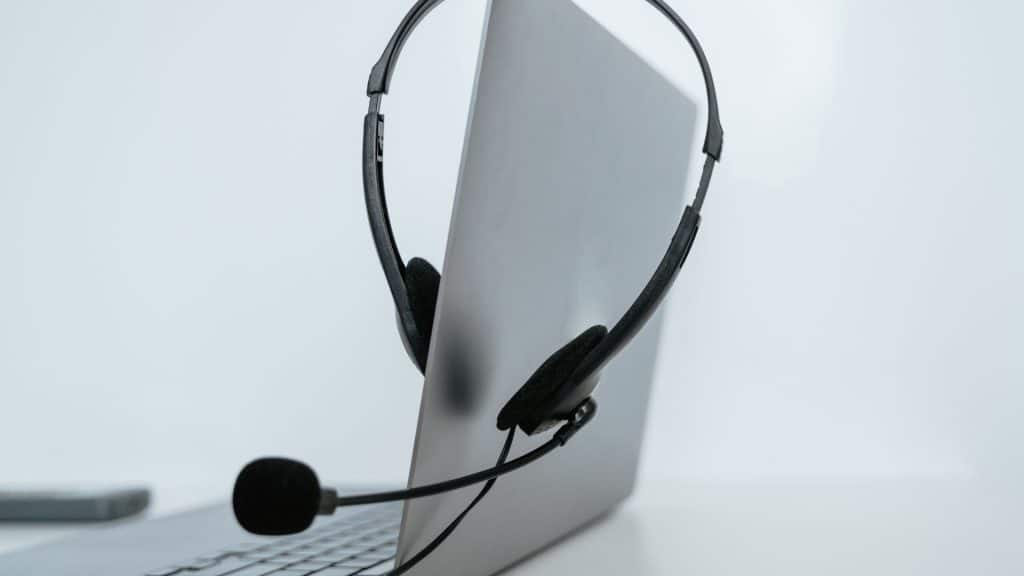Let’s face it—credit card debt can feel like a heavy backpack you’re lugging around every day. It’s there when you pay bills, shop for groceries, and even when you’re trying to sleep at night. But here’s the good news: with the right strategies, you can pay off that debt faster than you might think. Ready to lighten the load? Let’s dive into some practical steps to achieve debt-free living.
Understand Your Debt Situation
Before you can tackle your debt, you need to know exactly what you’re up against. Think of it like mapping out a road trip—without a clear starting point, you’re not going anywhere. Start by analyzing your debt. How much do you owe? What are the interest rates on each card? Knowing these details helps you prioritize where to start.
A simple way to get a grip on this is by creating a debt inventory. Jot down all your credit card balances, interest rates, and minimum monthly payments. It doesn’t have to be fancy—a piece of paper or a basic spreadsheet works just fine. And if you want to keep an eye on things as you go, using a credit monitoring service can help you track your progress and ensure there are no surprises along the way.
Choose the Right Debt Repayment Strategy
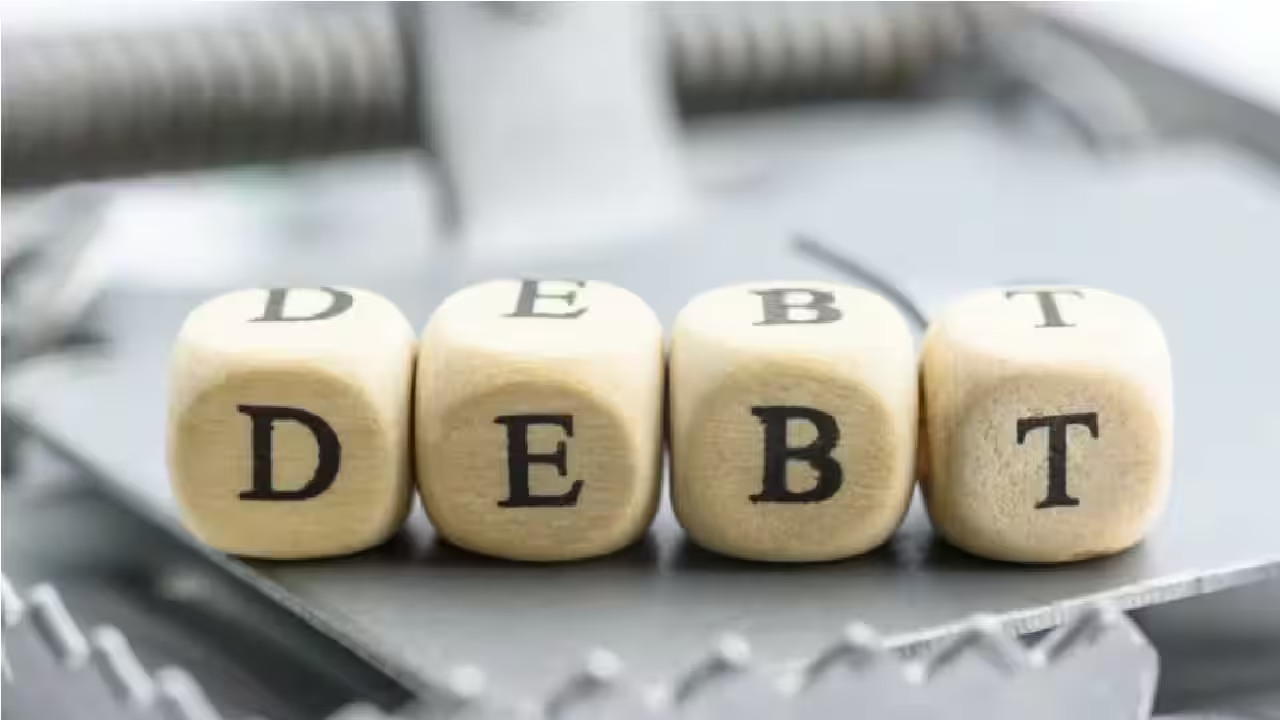
Now that you’ve got a handle on your debt, it’s time to choose a game plan. Two popular methods are the debt snowball and debt avalanche. Don’t worry, they’re easier than they sound.
The debt snowball method is all about small victories. You start by paying off the smallest debt first while making minimum payments on the rest. Once that smallest debt is out of the way, you take the money you were paying on it and apply it to the next smallest debt. It’s like knocking down a line of dominoes.
On the flip side, the debt avalanche method focuses on saving money in the long run. Here, you tackle the debt with the highest interest rate first. This strategy can save you more on interest, but it might take longer to see progress. So, which one is right for you? It depends on what keeps you motivated—quick wins or long-term savings. There’s no wrong choice, as long as you stick with it.
Budgeting for Success
Let’s be real: debt repayment is a lot easier when you’ve got a budget that works. Think of your budget as your financial GPS, guiding you to your goal of zero debt. Start by setting a realistic budget that includes everything—yes, even that weekly coffee habit. The goal is to see where your money is going so you can redirect more of it toward your debt.
Tracking your spending habits can be a game-changer. You might be surprised how much those small purchases add up. Cut back on things you can live without, like streaming services you rarely use or dining out. Then, use that extra cash to pay down your debt faster.
And here’s a handy tip: automate your payments. Setting up automatic transfers for at least the minimum payment ensures you never miss a due date. That means no late fees sneaking up on you—and who doesn’t love avoiding extra charges?
Boost Your Income to Accelerate Debt Payoff

If you’re serious about getting rid of your credit card debt, boosting your income can speed things up big time. It’s like adding extra fuel to the fire. Think about picking up a side hustle. From delivering food to freelancing online, there are plenty of options that fit into your schedule. Even an extra $100 a month can make a huge difference over time.
Another easy way to add to your debt repayment fund is to sell unused items around the house. We all have that stuff collecting dust—old electronics, clothes you haven’t worn in years, or that bike you swore you’d use but never did. Put them up for sale online, and use the cash to chip away at your balances.
And if you’re still using a rewards card responsibly, you might even be able to leverage cash-back or points to offset some of your debt. Just be careful not to spend more than you can pay off—after all, the goal is to reduce debt, not add to it.
Consolidate or Refinance for Lower Interest Rates
Interest rates can be a real pain when you’re trying to pay off credit card debt. But there are ways to give yourself a break, like balance transfer cards. These cards offer a 0% APR for a limited time, allowing you to transfer your existing balances and pay them down without accumulating more interest. Just make sure to pay it off before the promotional rate ends—otherwise, you might end up back where you started.
Another option is to take out a personal loan with a lower interest rate. This can help you pay off high-interest credit card debt in one go, leaving you with a single, more manageable payment each month.
Of course, debt consolidation has its pros and cons. It can simplify your finances, but it doesn’t reduce the amount you owe. It’s a tool, not a magic wand. Make sure to weigh the benefits before jumping in.
Stay Motivated on Your Debt-Free Journey
Let’s be honest—staying motivated during a debt payoff journey can be tough. That’s why it’s important to set milestones along the way. Every time you reach a small goal, like paying off a particular card, celebrate! Treat yourself to something small but meaningful (just make sure it fits in your budget).
Visualizing your progress can also keep you on track. Create a chart or use an app to see your balances go down month by month. It’s super satisfying to watch those numbers shrink.
Lastly, don’t forget the power of support. Surround yourself with friends or online communities who are on the same path. Sharing your progress and hearing others’ success stories can be incredibly motivating.
Conclusion
Paying off credit card debt might seem like a daunting task, but with a solid plan and a little persistence, you can do it. Whether you choose the debt snowball, avalanche, or another method, the key is to stay focused and keep moving forward. Picture yourself living debt-free—more freedom, fewer worries, and the ability to use your hard-earned money for things that truly matter. So, what’s the first step you’ll take today? Let’s get that debt off your back once and for all.


